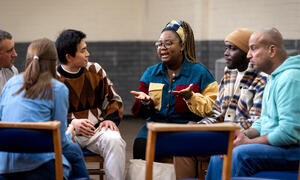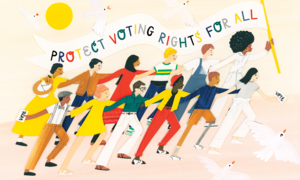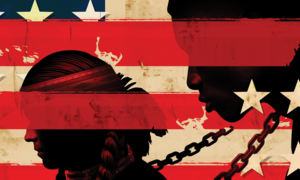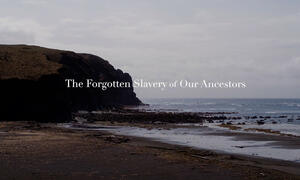Advocating for Honest History Education: A Resource for Parents and Caregivers


Learning for Justice is relaunching the Teaching Hard History podcast series with host Hasan Kwame Jeffries, Ph.D., to resist current efforts to erase and alter our nation’s history. As we celebrate Juneteenth, we uplift liberation and Black joy and culture. And we commit to learning and teaching the hard history that is foundational to the United States and the ongoing movement for freedom and equality.





This week, Black History Month will come to a close and Women's History Month will begin. Students notice when their history is recognized only during heritage months, so in this edition of The Moment, we're sharing a reminder that it’s vital to teach all our history year-round, along with resources to celebrate two trailblazing Black women in your classroom.
Students notice when Black history is taught only in February, but they deserve to learn this American history year-round. These resources emphasize engaging students' communities and lived experiences, including how you can incorporate local stories in lessons—and move Black history from the margins to your everyday curriculum.